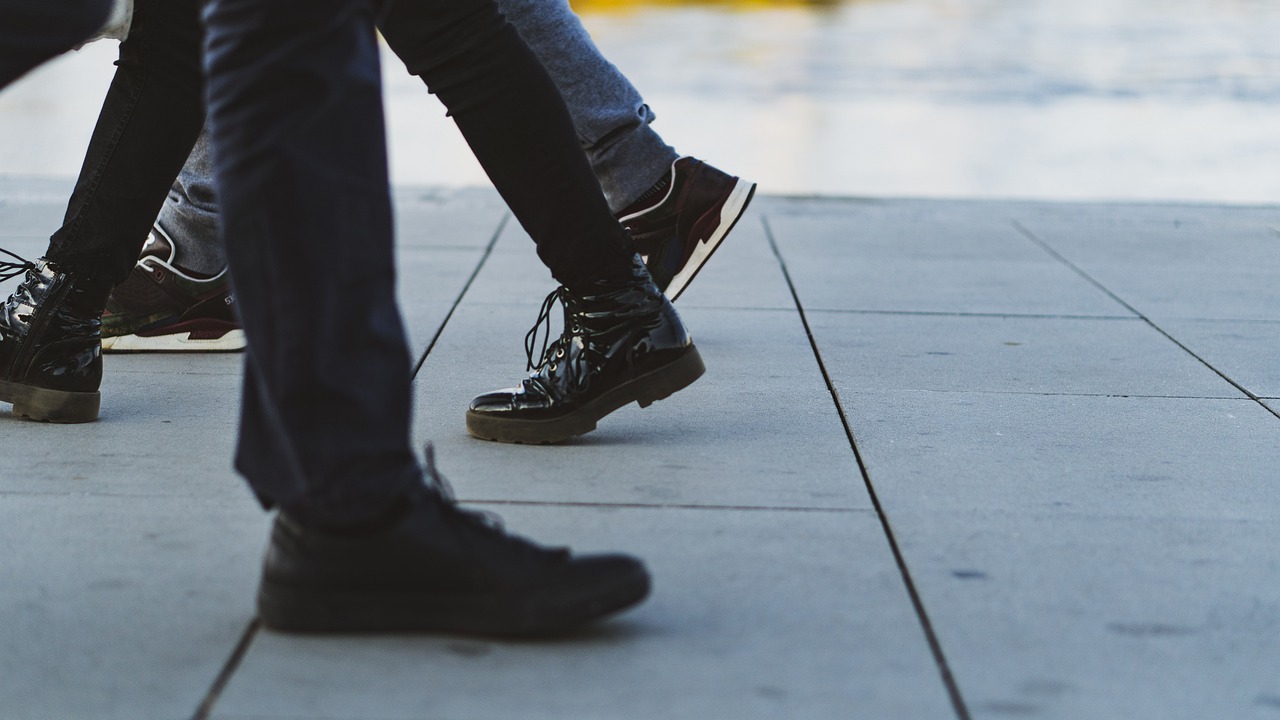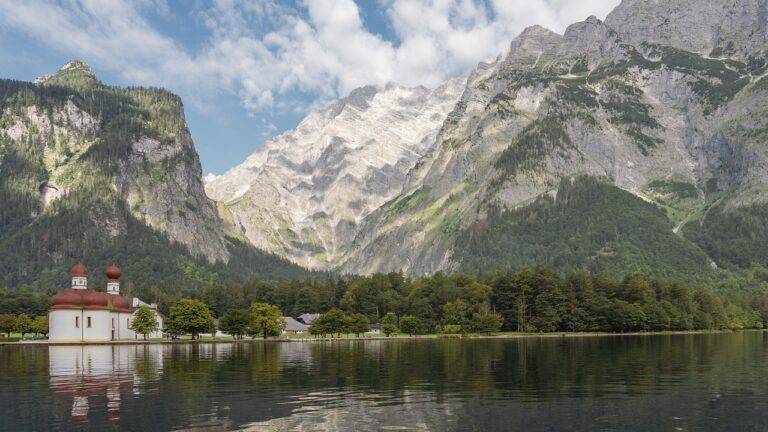Traveling Through Time: Exploring Historical Reenactments and Living History Museums
Historical reenactments have become a popular way to immerse oneself in the past, offering a tangible connection to bygone eras. By recreating historical events, individuals can step into the shoes of those who came before and gain a deeper understanding of the cultural, social, and political contexts that shaped different time periods. Through meticulous attention to detail in costumes, props, and settings, reenactments aim to transport participants and spectators alike to a different time and place.
These live enactments not only provide a form of entertainment but also serve as a valuable educational tool, bringing history to life in a way that textbooks or documentaries often cannot. By actively participating in historical reenactments, individuals are able to engage with the past on a more personal level, fostering a sense of empathy and connection with the people and events that have shaped our world. In this way, historical reenactments offer a unique avenue for experiencing and understanding history beyond the confines of a traditional classroom setting.
Living History Museums: Immersive Experiences
Living history museums offer visitors a unique opportunity to step back in time and experience history firsthand. These immersive experiences allow guests to interact with costumed interpreters, explore authentic replicas of historical buildings, and participate in hands-on activities that bring the past to life. By engaging all the senses, living history museums provide a rich and memorable way to learn about different time periods and cultures.
One of the key advantages of visiting a living history museum is the chance to gain a deeper understanding of history through personal experiences. Instead of just reading about events in a textbook or watching a documentary, visitors can see, touch, and even taste what life was like in the past. This hands-on approach fosters a greater appreciation for the complexities of history and helps to make distant eras more relatable and meaningful.
Popular Historical Periods for Reenactments
One of the most popular historical periods for reenactments is the American Civil War. Enthusiasts don period-accurate uniforms and gear to recreate battles, drills, and camp life. These reenactments offer a glimpse into the lives of soldiers on both sides of the conflict, showcasing the strategies, hardships, and camaraderie of this tumultuous time in American history.
Another frequently reenacted historical period is the medieval era, particularly the European Middle Ages. Participants immerse themselves in the customs, clothing, and combat techniques of knights, archers, and peasants. These reenactments often include jousting tournaments, medieval markets, and demonstrations of traditional skills like blacksmithing and weaving. The medieval period offers a rich tapestry of characters and events for reenactors to explore and bring to life for audiences.
What is the purpose of historical reenactments?
Historical reenactments are meant to bring history to life and provide a hands-on, immersive experience for participants and audiences.
How are living history museums different from traditional museums?
Living history museums aim to recreate historical periods through interactive exhibits and demonstrations, allowing visitors to experience the past firsthand.
Why are certain historical periods more popular for reenactments?
Some historical periods are more popular for reenactments due to their significant cultural, social, or military events that capture the imagination of enthusiasts.
How can I get involved in historical reenactments?
You can join a reenactment group, attend events at living history museums, or participate in historical reenactments as a volunteer or performer.
Are historical reenactments historically accurate?
While efforts are made to ensure historical accuracy in reenactments, some details may be adapted for the sake of entertainment or practicality.





